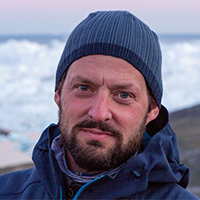Labeled a “code red for humanity” in a United Nations report released early last month, climate change has continued to wreak havoc worldwide. In the United States, devastating fires in the West recently traded the spotlight for deadly flooding in the East, keeping the threat squarely on America’s radar.
Now an unprecedented editorial published this week in more than 200 medical and health journals around the world called rising global temperatures the “greatest threat” to public health.
The news comes as no surprise to Jay Lemery, MD, and Rosemary Rochford, PhD, co-directors of the University of Colorado School of Medicine’s Climate & Health Program. Their team members in the first-of-its-kind program have watched the data for years and witnessed the health effects in their medical offices and emergency rooms.
“It’s not surprising,” Lemery said. “Although I think everyone is probably impressed with how rapidly it’s progressed.”
Striving to become the home of climate medicine, CU experts in the innovative program train tomorrow’s providers on the health-related outcomes of the world’s changing ecosystems, said Lemery, a professor of emergency medicine and wilderness and environmental medicine. “We are doing intense formal fellowships now, and we are starting up a professional education program in 2022.”
Below, Lemery and Rochford, a professor in the Department of Immunology & Microbiology and an adjunct professor in Environmental & Occupational Health at the Colorado School of Public Health, explain some of the health effects that are concerning experts worldwide.


200-1.jpg)


